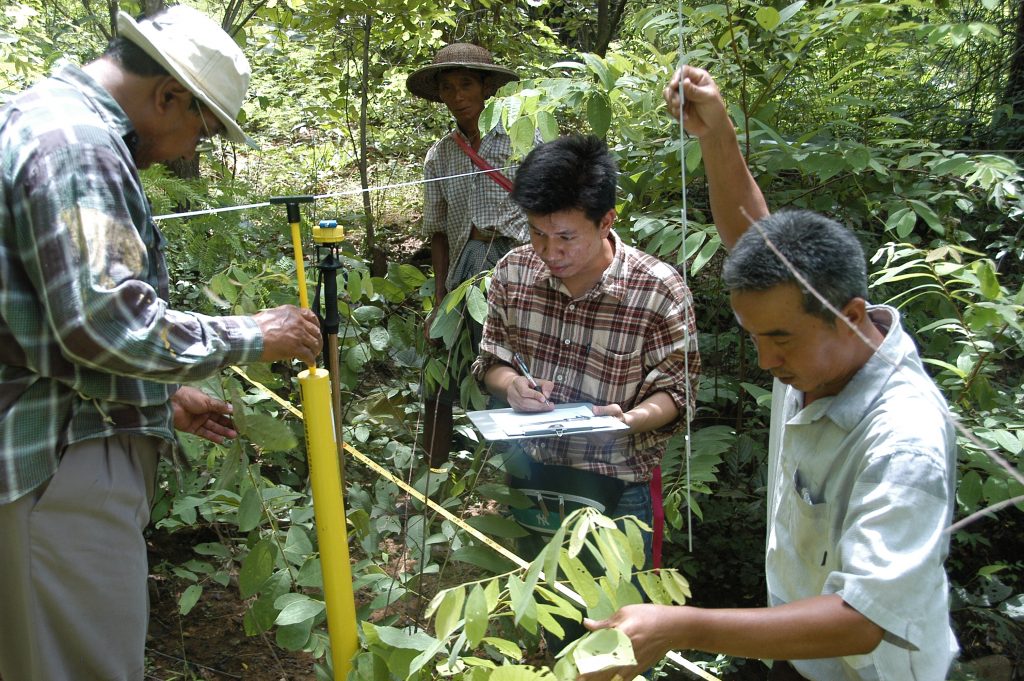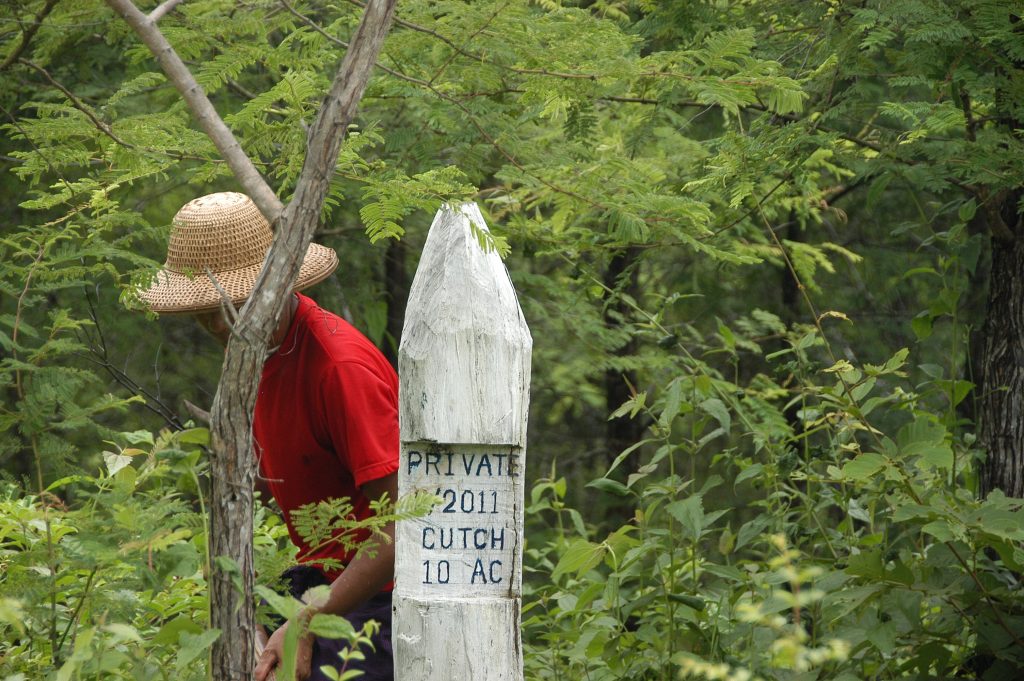新潟県十日町市の里山保全活動と狩猟実践
研究全体の概要 日本では、狩猟はかつて各地の里山で副次的に行われ、一部の地域では獣肉が貴重なたんぱく源であった。戦後から現代にかけて、労働形態の変化、畜産業の増加、農村から都市への人口流出などにより、現在生業としての狩猟は殆ど機能しなくな…

Cutch is one of the non-wood forest products extracted from the heartwood of the Acacia catechu trees and it has been used since the ancient Myanmar dynasty. For its various medicinal and other purposes, cutch was a forest product in great domestic and foreign demand in Myanmar. Under colonial rule the trade expanded rapidly and by the late 1860s officials were reporting widespread deforestation in accessible forests. (Bryant, L.B., 1997) The forest department of Myanmar, therefore, started to manage Acacia catechu forests and regulate the cutch production since colonial time. However, the technical and socio-economic aspects of cutch production is not known well and the studies on Acacia catechu forests are still rare. For this study, Saw township, Magway Region, Myanmar was selected where there are many Acacia catechu forests and many cutch producers. Saw township is one of the areas where there is the longest history and the largest production in cutch.
The main purpose of the study is to study about the Acacia catechu forests and to know how the cutch is traditionally and technically processed in Saw township, Magway Region, Myanmar. The study also aims to access the socio-economic conditions of the local people who engaged in the cutch production. By considering the role of ecological and economic importance of cutch, the ultimate goal of the study leads to the sustainable production of forest products.

After conducting the vegetation survey in 20 circular sample plots in 4 compartments which belongs to two reserved forests, the total number of species were found to be 80 species including Acacia catechu trees. Vegetation was measured based on the three categories; trees which are equal or above 20 cm in (GBH)girth at breast height; saplings which are between 7 cm and 19cm in GBH; seedlings which are less than 7cm in GBH.
Focusing on the correlation between girth at breast height and height of Acacia catechu trees, the structure of Acacia catechu forest was analyzed. The stumps below the minimum girth (GBH 90cm) might be immature trees cut by the local people for charcoal making or fuelwood. Many of the seedlings were found as dieback because annual surface forest fire seems to increase the seedlings mortality, hindering the natural regeneration of Acacia catechu forests. It was observed that private Acacia catechu plantations were being established. Cutch is produced during the winter months because in the summer time, the air temperature hinders the cooling process. Water availability is very important. The streamlets play a pivotal role in giving clean water used in cutch processing.
The field survey gave me the chance to getting to know both the local conditions and forest conditions where Acacia catechu trees grow and to know the economic importance of non-wood forest products to the local people in the study area. Data obtained from the field survey could be beneficial to the sustainable cutch production.
The field survey was an initial step for the second field trip which will place emphasis on the local technical processing of cutch products from Acacia catechu trees and the socio-economic conditions of the producers.
Copyright © 附属次世代型アジア・アフリカ教育研究センター All Rights Reserved.